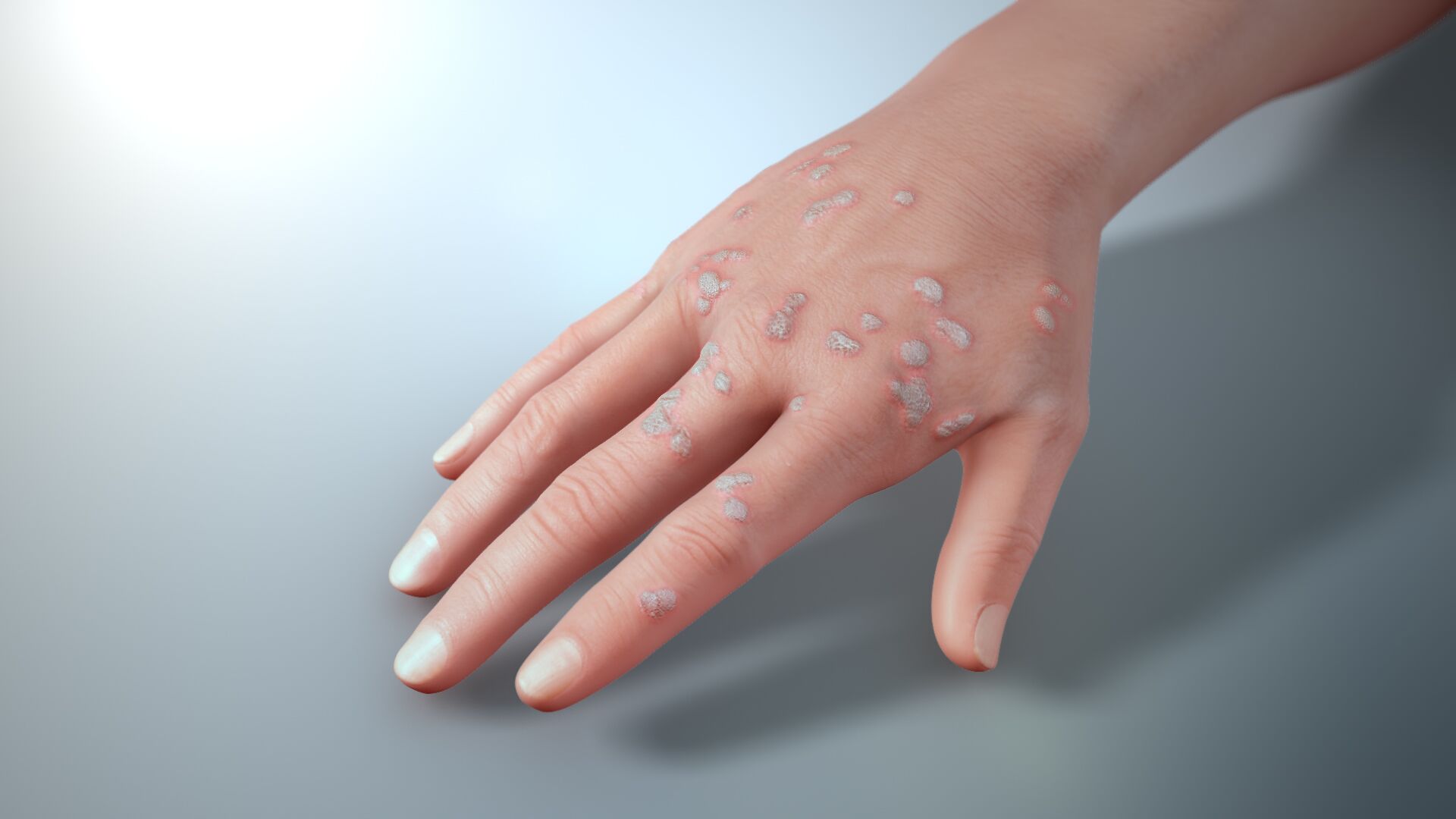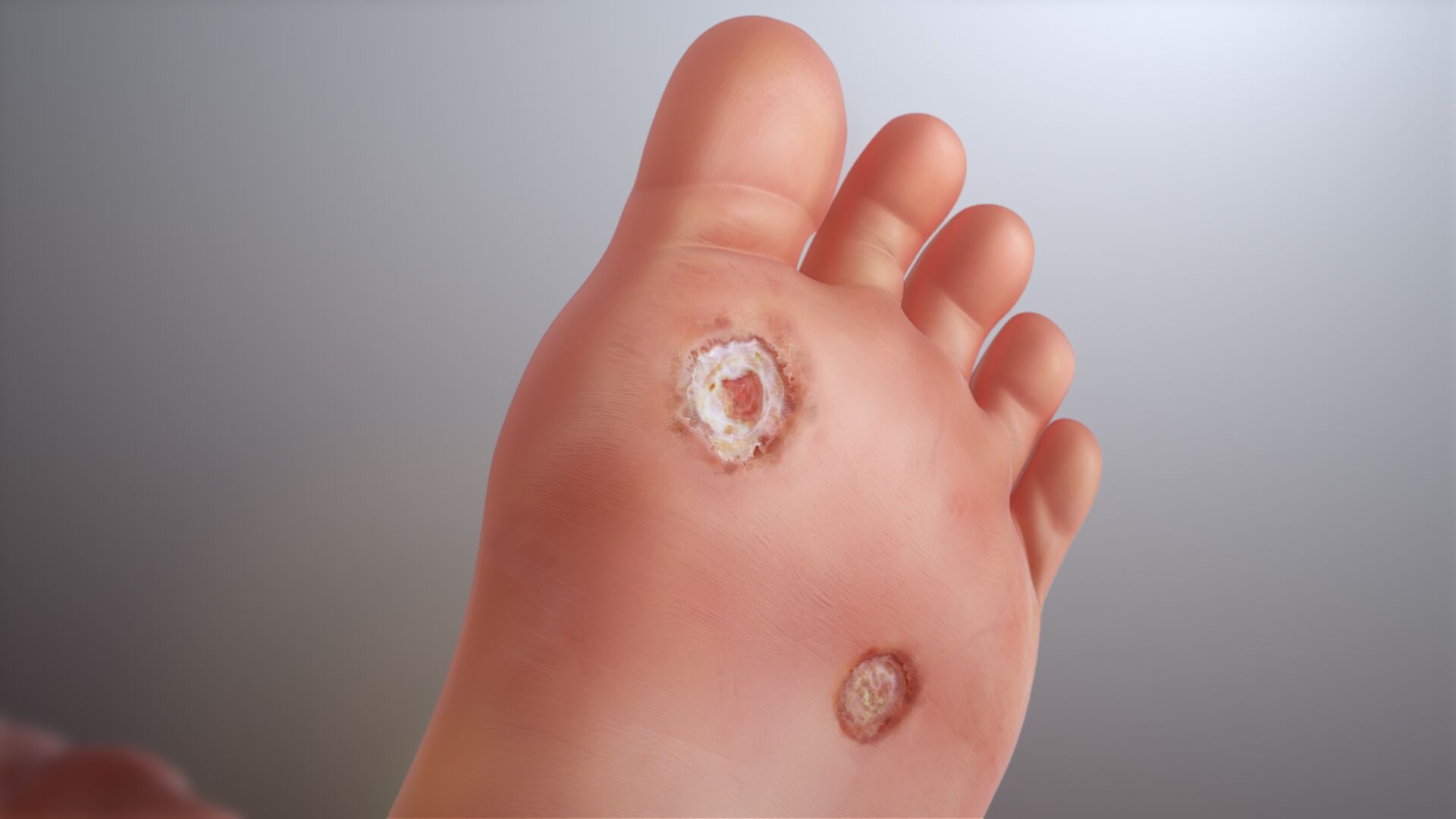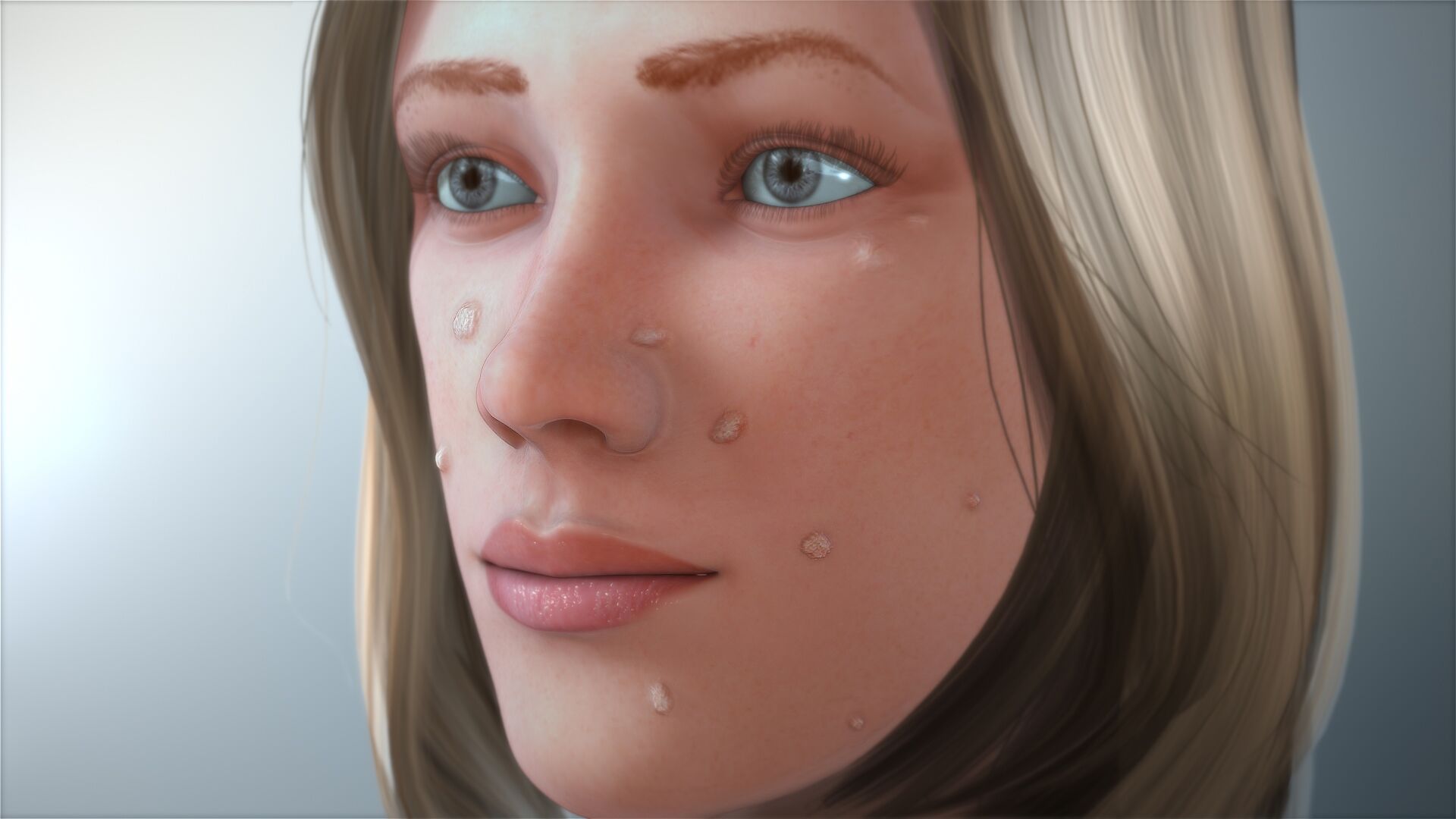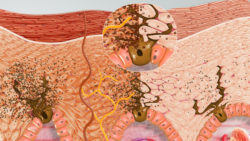Warts are small skin outgrowths with a rough, grainy texture. They, most commonly, develop on hands and feet and are usually harmless. However, they are contagious and may sometimes be painful.
Based on their structure, location in the body, as well as their cause, warts can be of many types:
Common warts
They appear mostly on hands and feet, but can be found anywhere. They are hard and rounded from the top, and are grayer than the surrounding skin. Common warts are also known as a Palmer warts or Junior warts.
Plantar warts
They grow on the soles of the feet. Unlike other warts, plantar warts are skin ingrowths rather than outgrowths. They appear as small holes surrounded by hardened skin in the bottom of the foot and may cause discomfort while walking.
Flat warts
Flat warts, as the name suggests, appear scraped from the top. They are flesh-colored and usually occur on face, neck, hands, wrists and knees. They are not immediately noticeable.
Filiform wartsFiliform or digitate warts, are small flap-shaped or thread-like tags of skin that grow around lips, nose or eyelids and sometimes on the neck or under the chin. They are either yellowish or flesh-colored.
Periungual wartsPeriungual warts grow as a cluster around the nails of both toes and fingers. They can be painful. In severe cases, they may permanently deform the nails and, even cause a fungal infection.
Genital wartsA wart that occurs on the genitalia is known as a genital wart.
Cause
Warts are caused by the human papillomavirus (HPV). The virus is quite common and has more than 150 types. Some strains are acquired through sexual contact, but most forms are spread by touch or sharing of personal items such as towels, razors, etc.
HPV infects the squamous epithelium of skin or genitals, but each HPV type is typically only able to infect a few specific areas on the body. Since each person's immune system responds to the HPV virus differently, not everyone who comes in contact with HPV develops warts.
Pathophysiology
HPV infects the skin epithelium and enters the body through cuts or direct contact with people who already have warts. An enhanced cell differentiation and viral replication occurs in the upper epidermal layer, leading to the formation of warts. Some warts may disappear by themselves after months or years.
Common warts have blood vessels growing at the junction of dermis and epidermis (their purpose is to supply blood to the warts). Plantar warts are exceptions to this as they are situated on parts that experience high pressure and friction.
Treatment
Common warts can be treated by home remedies, over the counter remedies and surgery, However, there may be frequent failures and recurrences. Most warts resolve spontaneously within a few years even without treatment. Topical treatments containing salicylic acid are considered to be quite effective. More recently, cryotherapy (freezing) of warts is an emerging practice.
- Salicylic acid formulations are available as drops, gels, and plasters. Salicylic acid is bacteriostatic, fungicidal in nature and dissolves the warts by breaking down the keratin proteins that constitute the dead skin surrounding it.
- Aerosol sprays are used to freeze the warts at -57 °C. Dermatologists also use liquid nitrogen at -196˚C to treat warts.
- Laser treatment is often with a pulse dye laser or carbon dioxide laser. Pulse dye lasers are selectively absorbed by hemoglobin molecules and are more likely to heal without scarring. Carbon dioxide lasers vaporize the water molecules in the skin, destroying it completely. Various studies concluded carbon dioxide lasers as the best treatment for periungual warts. An intense source of infrared light in a small beam can also be used like a laser.
- Duct tape occlusion therapy is a method of suppressing a wart growth by covering it with an adhesive. How this works is still unknown, but the simplicity of the method and its limited side-effects makes it hard to dismiss.
- Some herbal treatments are believed to be helpful, e.g. applying tea tree oil, castor oil, vinegar, garlic, potatoes or a mixture of honey and onion.
Disclaimer: The information in no way constitutes, or should be construed as medical advice. Nor is the above article an endorsement of any research findings discussed in the article an endorsement for any of the source publications.

The Chemistry of Skin Tanning
The sun, water, air - the elements - are double-edged swords for humans. In moderation, they sustain planetary life. But they can also be dangerous. The human body’s machinery harvests the elements to produce nutrients or run internal processes. Read More..








